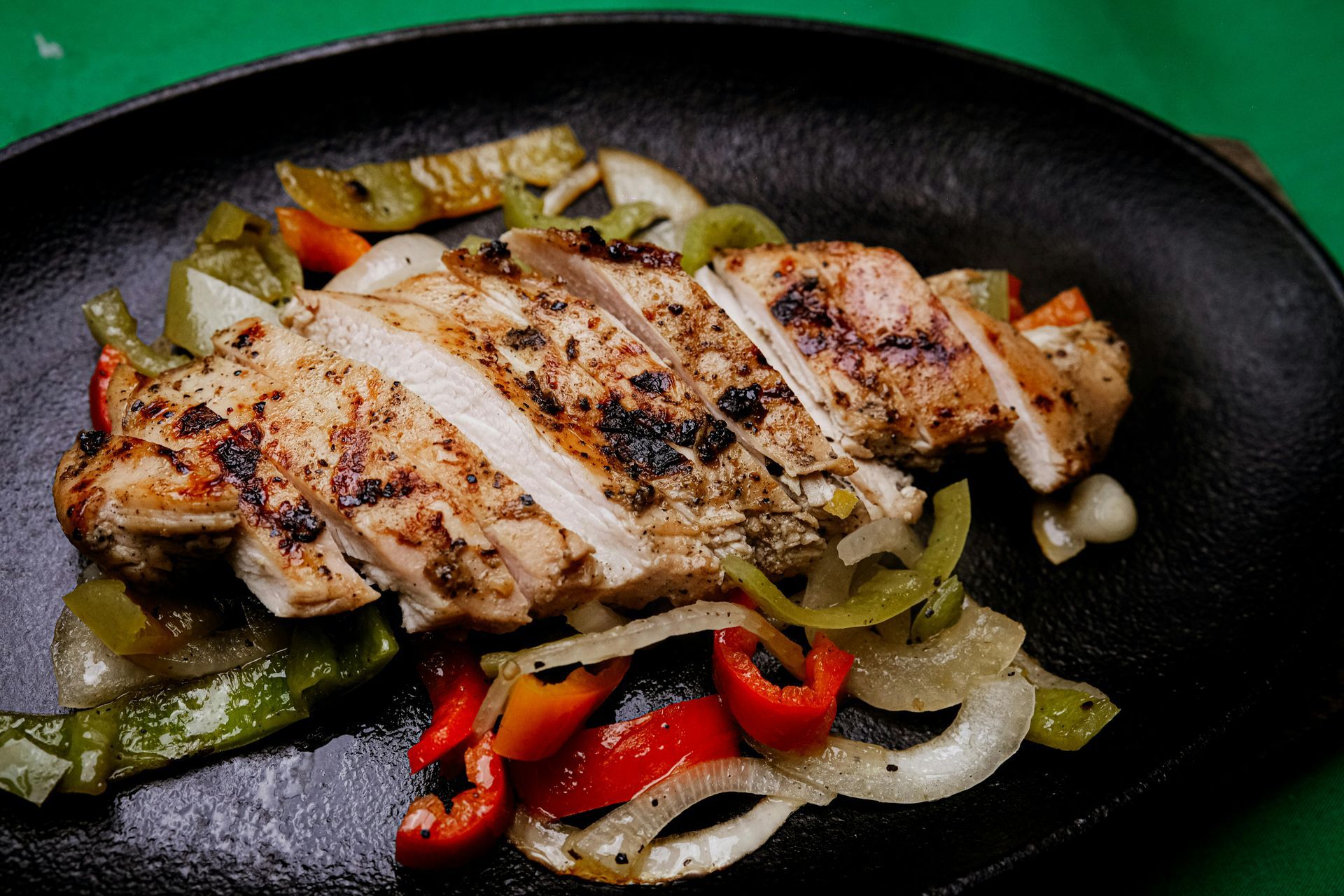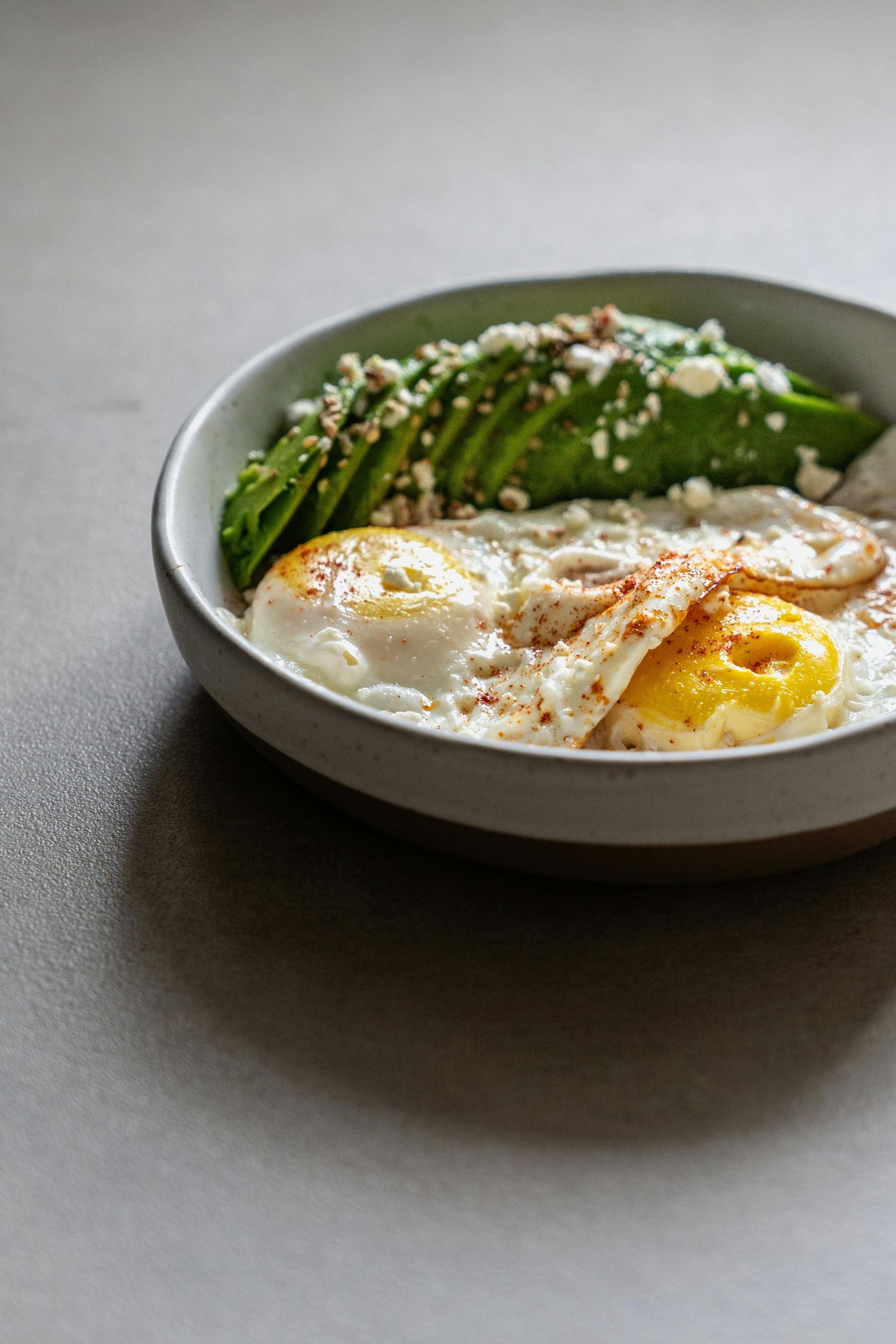Mindset & Sustainability
The Real Secret to Staying Consistent
(Even When Life is Crazy)
Let’s be honest—life rarely slows down. Between work, kids, errands, and surprise chaos (hello, sick days or forgotten field trips), it can feel impossible to stay consistent with your health and fitness goals. But here’s the truth: you don’t need more motivation—you need a system that works when life doesn’t.
If you’re a busy woman trying to juggle it all, this one’s for you.
Habit Stacking: Make Fitness Automatic
One of the easiest ways to stay consistent is through habit stacking—pairing a new habit with one you already do every day.
✅ Example: After you make your morning coffee, do 10 squats or a 1-minute plank.
✅ Example: After brushing your teeth at night, stretch for 5 minutes or lay out your workout clothes.
Small actions linked to existing habits = powerful results over time.
⏰ Morning Prep = Fewer Excuses Later
Mornings can make or break your day. Setting up your environment the night before reduces decision fatigue and excuses.
Try these:
- Set out your workout clothes and shoes
- Prep your water bottle + breakfast
- Write down your top 3 goals for the day (fitness-related or not)
When you prep the night before, you win the morning.
Realistic Scheduling Wins Every Time
Don’t aim for perfection. Aim for doable.
You don’t need a 90-minute gym session to make progress. If your week is packed, here’s how to stay on track:
- 3 strength workouts (20–30 mins each)
- 2 short walks or mobility sessions
- 1 stretch or journal session to reset
Even 15 minutes counts. Something is always better than nothing.
Download Your Free Weekly Fitness Planner
Want to make this easier on yourself? I created a simple Weekly Fitness Planner just for you.
✅ Plan your workouts
✅ Track water, meals, and mindset
✅ Stay consistent even when life gets wild
Final Thought
You don’t have to do it perfectly.
You just have to keep showing up.
Your consistency—especially on the hard days—is what builds the results you’re craving. You’ve got this. And if you ever need support, the Break the Core community is here for youevery step of the way.





